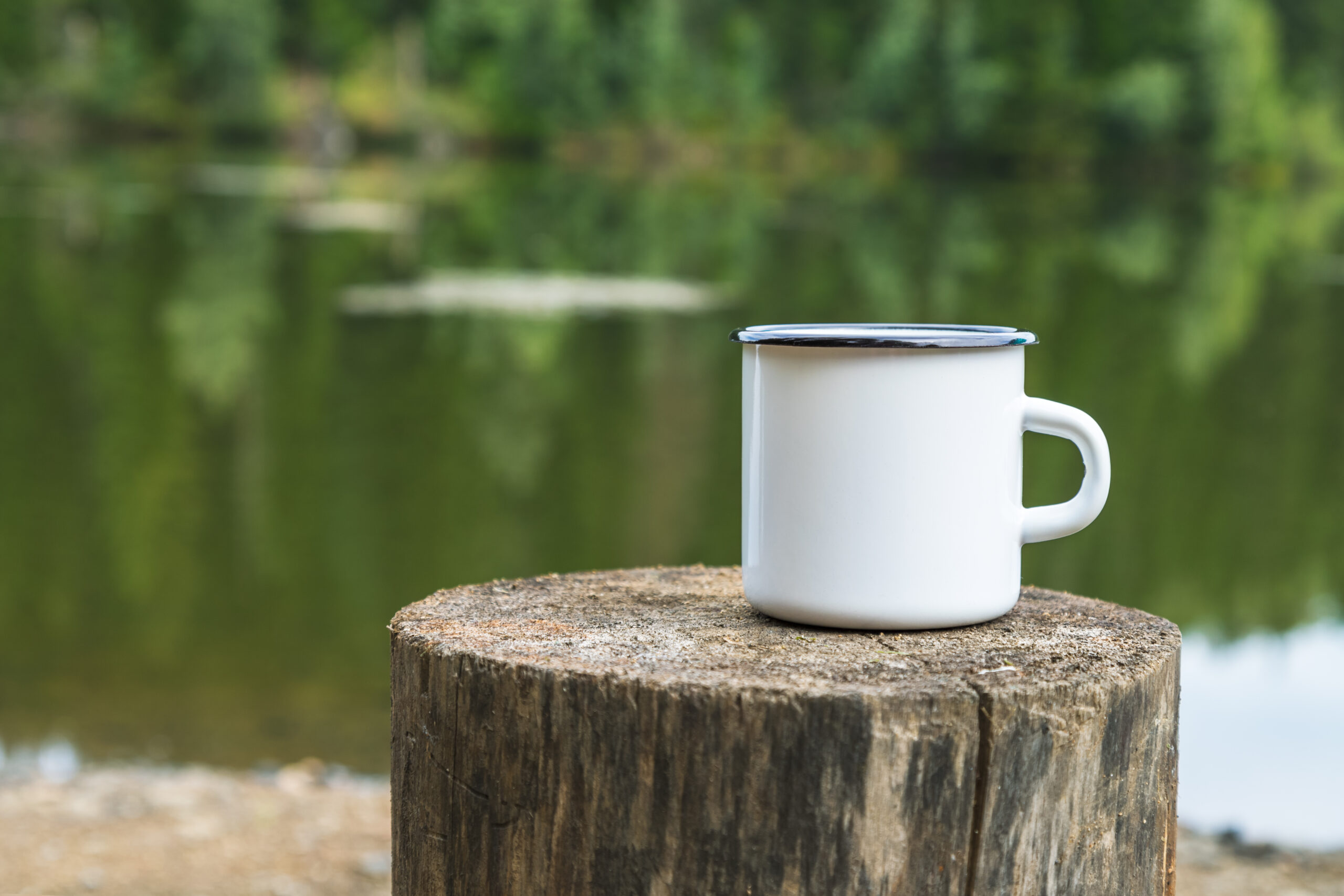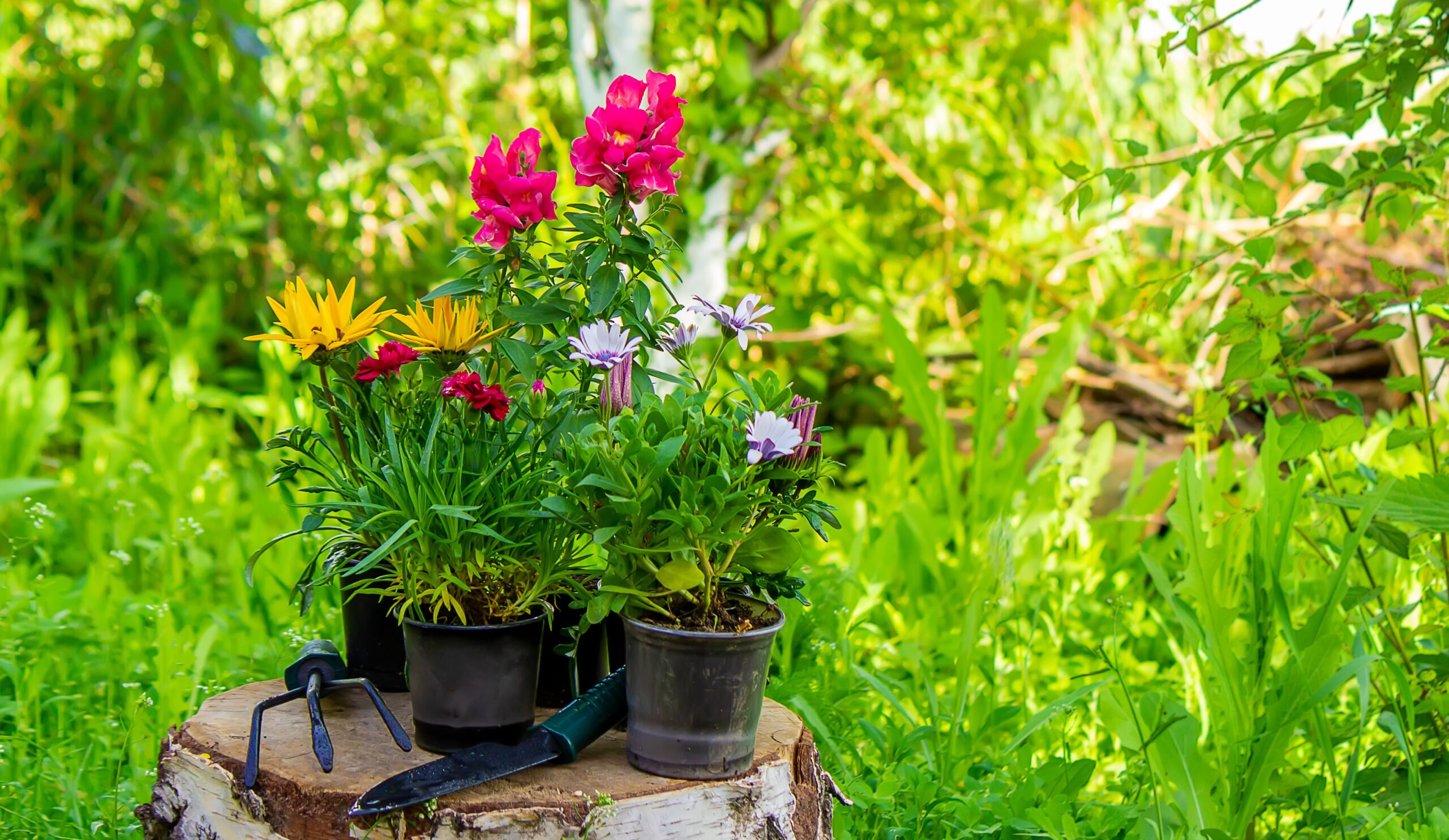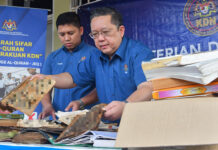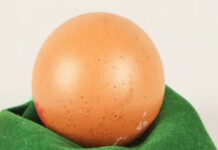WASHINGTON (THE WASHINGTON POST) – Homeowners are typically quick to bring out the heavy artillery: a chain saw followed in short order by a woodchipper and a stump grinder when coming across dead or dying trees in their yard.
Before you know it, there’s little to no sign that the tree ever existed. But thanks to the growing recognition that having some dead wood around supports local wildlife and builds soil health, more gardeners are leaving logs, tree limbs, stumps and snags in their yards.
Here are five reasons to keep dead wood around, along with recommendations from an arborist and a garden designer on how to make the most of those old trees:
It saves money
Arborist Jeremiah Sandler, of Tree First Arboriculture in Royal Oak, Michigan, encourages clients to retain some dead wood on their properties when having trees trimmed or taken down. If nothing else, he says, it can save money on removal and disposal, which can account for up to 10 per cent of a bill. “When I explain it to folks, the success rate of convincing them to retain some dead wood is between 70 to 80 per cent,” he says. Sandler recommends asking your arborist for suggestions on ways to retain some of the wood from a dead or dying tree, whether it’s leaving a stump in the ground to decompose naturally, adding a portion of a large limb to your garden or cutting a trunk into pieces to use as child-sized seating. “Some arborists are ecologically minded, but don’t know they can implement those things in practice,” he says.
It benefits the soil
Decaying wood is a major contributor to soil health. The mosses, lichens and fungi that grow on dead limbs break down woody debris to release the nutrients accumulated during a tree’s life, according to the Ecological Landscape Alliance, a nonprofit based in Midlothian, Virginia that promotes sustainable approaches to landscape design. Simply leaving a piece of dead wood in your garden and letting it decompose into the soil can help your plants thrive. Placing it in a moist, shady spot to encourage fungi to grow on it and surrounding it with soil and plants will speed the decay process. You can also make use of the wood while you wait for it to decay. The stump of a dead tree, left intact, can be hollowed out for a planter or used as the base for a bird bath. Other options include surrounding your garden with a split-log border or creating a path with round slices of a log or trunk. As the wood breaks down, it adds carbon-rich organic matter to the soil. Branches and small logs can also be incorporated into garden beds. Known as hugelkultur, the technique involves mixing woody material with the soil of a raised bed. As the wood decays, it attracts beneficial soil bugs that help break down the organic matter, providing nutrients for the plants. To get nutrients into the soil even faster, consider connecting with someone who owns woodland and ask if you can have some dead wood that’s already rotting, suggests garden designer Jerry Fritz, of Jerry Fritz Garden Design in Ottsville, Pennsylvania. “Bring a small wheelbarrow and look for decaying logs,” he says. “The deader, the better. A fresh log will take years to break down.

It provides habitat for wildlife
Many organisms, including millipedes, springtails, beetles, spiders and worms, can make their homes in dead wood. They work their way into the wood, which also speeds up decomposition. Standing dead trees, or snags, can double as nurseries for more than 80 types of cavity-nesting birds in North America, including 10 species of owls, two species of falcons, all 21 species of woodpeckers and about 40 types of songbirds, according to the Cavity Conservation Initiative in Orange County, Calif., which promotes the safe retention of dead and dying trees. Sandler has left snags ranging from 10 to 100 feet high, sometimes pruning the top to resemble a natural tear. He installs owl and bat boxes in them, or cuts shelters into the snags. In one case, a year after he carved a cavity in a silver maple snag, he says, black-capped chickadees had made it their home.
It’s a source of food for wildlife – and people
The beetles, spiders, ants and caterpillars that live in and eat dead wood become important food sources for birds, including brown creepers, white- and red-breasted nuthatches, and woodpeckers. Or you can use dead wood as a base for propagating mushrooms, creating a source of food for yourself. The process involves inoculating logs with mushroom mycelium purchased through a reputable dealer, then allowing the log to naturally colonise over several months. Use caution, though, particularly with wild mushrooms; many varieties are toxic. Besides, leaving mushrooms on dead wood allows them to work their magic decomposing the wood or serve as a food source for deer, squirrels and insects. Sandler says he once advised a client against removing an old elm snag because there was a burst of elm oyster mushrooms growing on it. He suggested that they trim it down instead. “That snag is still standing and producing mushrooms,” he says.

It can be turned into a garden
Another way to use old wood is to create a stumpery, a woodland shade garden made from parts of dead trees. Fritz recently installed a two-acre stumpery at Fordhook Farm in Doylestown, Pennsylvania, that includes some 350 large stumps. Even if you don’t have a large tract of land to work with, you can create something similar at home. Fritz suggests arranging pieces of dead trees to look as though they naturally fell. Burying pieces in the soil at an angle can give the appearance that they’ve been there for some time. Once the wood is secured and placed, Fritz peppers it with plants. To soften the look of a stump or snag, he plants vines that will attach to the bark. He’s partial to climbing hydrangea for its white lacecap flowers, and Fenway Park Boston ivy with its intense greenish-yellow spring and summer foliage. “It illuminates shaded areas with this shocking chartreuse color that meanders up the tree,” he says. “It’s almost like a lightbulb.” Both the vines and stumpery plants Fritz uses tend to be deer-resistant. For a meditation garden, Fritz plans to install moss, several species of ferns and some dead wood. For another client who had to take down a hollowed-out American sycamore, he drilled holes into a six-foot log from the tree and planted it with ferns. Fritz also plants hellebores, including white-flowered Christmas rose, pinkish-purple Lenten rose, and the purple to near-black Winter Jewel. And he likes Epimediums, or barrenwort. “They come in an array of colors, and the foliage has these little, almost heart-shaped leaves with a magnificent range of soft to medium greens.” For the icing on the woodland cake, Fritz distributes spores of mushrooms, lichen and moss on stumps and logs. “They’ll naturally spread. But shade and moisture is key.” – MONICA CARDOZA



















































